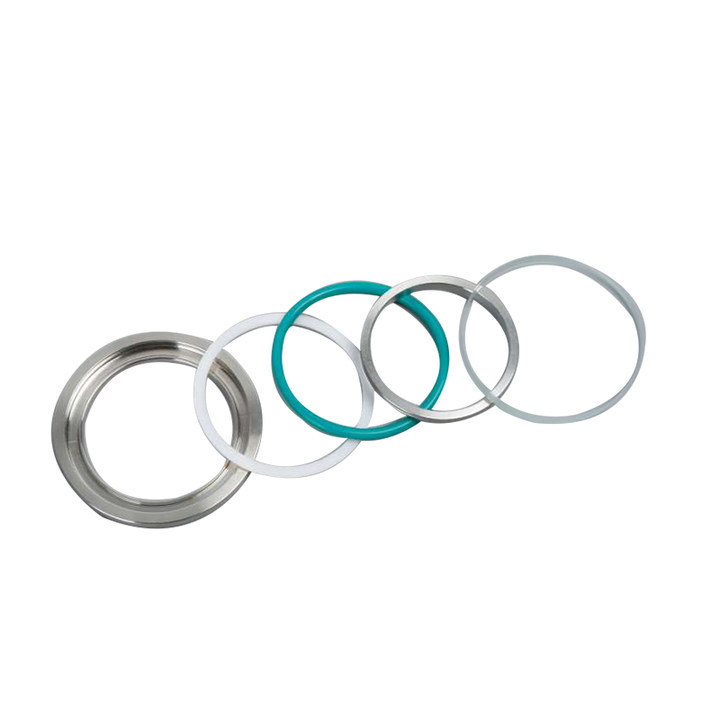Finishes

 by admin
by adminReprint from WAGNER COMPANY's WEBSITE
#3 Finish
– Also called Grinding, Roughing or Rough Grinding
These finishes are coarse in nature and usually used as a preliminary finish applied before manufacturing. An example would be grinding gates off of castings, deburring or removing excess weld material. It is coarse in appearance and applied by using 36-100 grit abrasive.
When the finish is specified as #3, the material is polished to a uniform 60 – 80 grit.
#4 Architectural Finish
– Also called Brushed, Directional or Satin Finish
A #4 Architectural Finish is characterized by fine polishing grit lines that are uniform and directional in appearance. It is produced by polishing the metal with a 120 – 180 grit belt or wheel finish and then softened with an 80 – 120 grit greaseless compound or a medium non woven abrasive belt or pad.
When the finish is specified as #3, the material is polished to a uniform 60 – 80 grit.
#4 Dairy or Sanitary Finish
This finish is commonly used for the medical and food industry – almost exclusively used on stainless steel. This finish is much finer than a #4 Architectural Finish. Great care should be taken in removing the surface defects in the metal – like pits – that could allow bacteria to grow. A #4 Dairy or Sanitary Finish is produced by polishing with a 180 – 240 grit belt or wheel finish softened with 120 – 240 grit greaseless compound or a fine non-woven abrasive belt or pad.
#6 Finish or Fine Satin Finish
This finish is produced by polishing with a 220 – 280 grit belt or wheel softened with a 220 – 230 greaseless compound or very fine non-woven abrasive belt or pad. Polishing lines should be soft and less reflective than a #4 Architectural Finish.
#7 Finish
A #7 finish is produced by polishing with a 280 – 320 belt or wheel and sisal buffing with a cut and color compound. This is a semi-bright finish that will still have some polishing lines but they should be very dull. Carbon steel and iron are commonly polished to a #7 finish before chrome plating. A #7 finish can be made bright by color buffing with coloring compound and a cotton buff. This is a good way to keep polishing costs down when a part needs to be shiny but not flawless.
#8 Finish or Mirror Finish
This finish is produced by polishing with at least a 320 grit belt or wheel finish. Care should be taken in making sure all surface defects are removed. The part is sisal buffed and then color buffed to achieve a mirror finish. The quality of this finish is dependent on the quality of the metal being polished. Some alloys of steel and aluminum cannot be brought to a mirror finish. Castings that have slag or pits will also be difficult – if not impossible – to polish to a #8.





